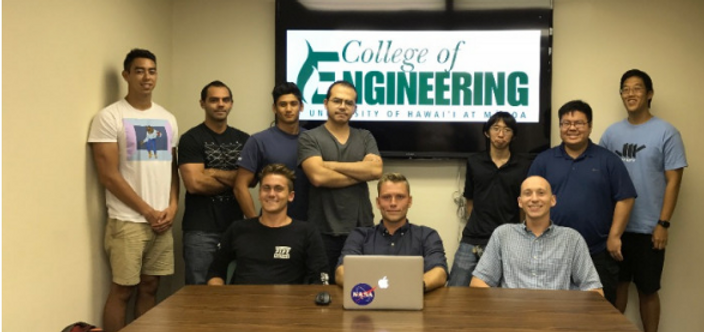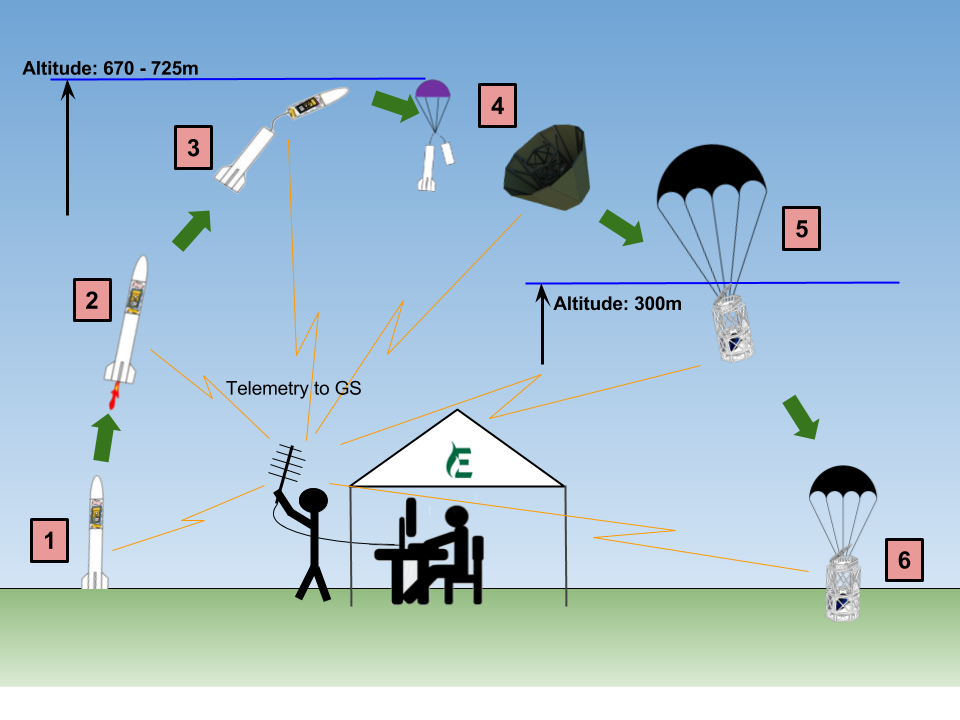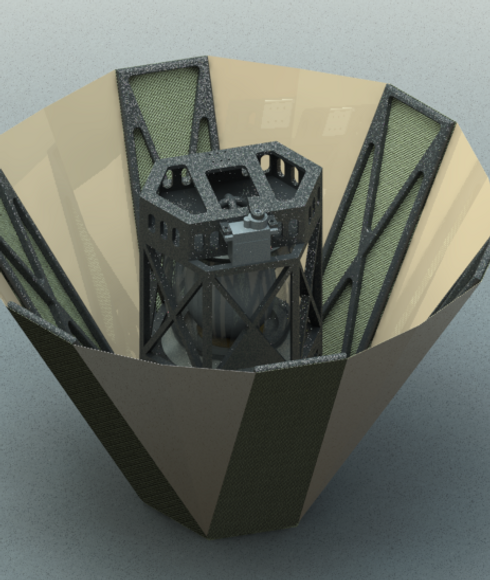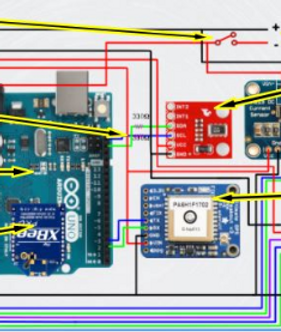
Our Mission Statement:
CanSat Team C-137
“To compete and win the 2018 CanSat Competition in Stephenville Texas by providing a platform for testing probes containing fragile payloads. The CanSat simulates an atmospheric reentry probe with aero-braking heat shield containing a large hens egg acting as the fragile payload. Furthermore, this competition will to educate students about the design-build-launch process for an aerospace system and foster relations between students and professional engineers on a global scale.”

C-137 Strives for Innovation
About
The purpose of the CanSat Competition is to provide students:
-
Learn the design, build, and launch process for a mission with an astronautical focus.
-
Learn the crucial aspects of design including the proposal process, design reviews, and post-flight reports.
-
The importance of professional relationships in the engineering field. CanSat is sponsored by many high level aerospace organizations such as NASA, American Astronautical Society and Lockheed Martin
-
Provides opportunities to develop skills aimed at solving a specific problem in the astronautical field.
Each year this problem changes with different emphasis and criteria. For 2018, the mission is to simulate an atmospheric re-entry probe with a detachable aero braking heat shield. The focus of this mission is on the aero-braking heat shield. Although the altitude reached does create frictional heat, it is still an important concept for many missions both historical and current. Heat shields have been used in many applications from the Space Shuttle thermal protection system (TPS) to the 2011 Mars Rover
Subsystems
Aero-Braking Heat Shield (ABHS)
The Aero-braking heat shield (ABHS) designs and considers the method of deployment and the method of release from the probe. The ABHS is required to protect the internal components from high temperatures and to control descent of the satellite to 15 m/s


Probe
The probe designs and considers the Egg Protection Structure (EPS), the electronics bay, deployment mechanism and the parachute design.
For the EPS we plan to utilize a shock absorbent material that reduces the impact force before reaching the egg.
The electronics bay will support a vertical placement due to the lower center gravity and less interference of the antenna while transmitting.
The release mechanism is essential in ensuring the proper ejection of the ABHS. We chose a shell release system in which the ABHS is locked to the probe structure using a locking arm connected to a servo. The servo allows for quick release of the heat shield at 300m.
Finally the parachute that was selected was the Fruity Chutes TARC 20 due to its lightweight, cost, and minimized volume.
Telemetry, Electronics, and Ground Station
Telemetry, Electronics, and Ground Station involves data acquisition processes to be conducted through the launch. The most important aspect of this subsystem was the micro-controller and electronic selection.
Micro-controller : Arduino Uno R3.
Pressure/Temperature Sensor
Attitude Sensor
Xbee Radio
Xbee Shield
GPS
Accelerometer


"Well, space is there, and we're going to climb it, and the moon and the planets are there, and new hopes for knowledge and peace are there. And, therefore, as we set sail on the most hazardous and dangerous and greatest adventure on which man has ever embarked."
John Fitzgerald Kennedy

Contact CanSat Team C-137
Get in touch with CanSat Team C-137 to learn more about our project and how you can contribute












